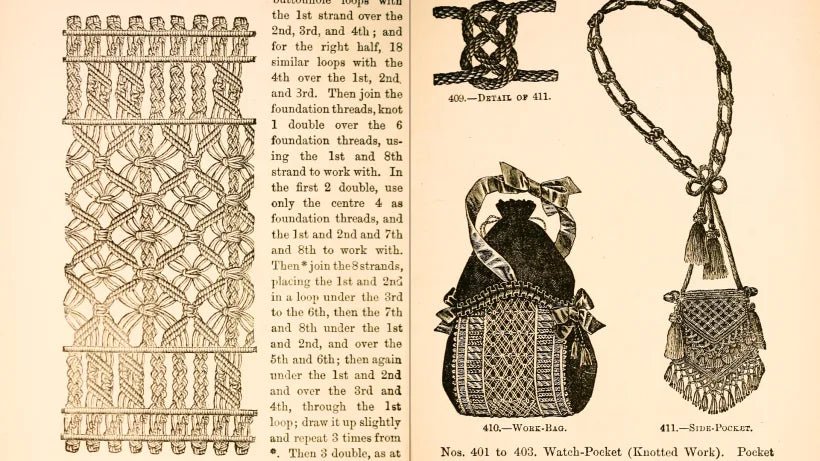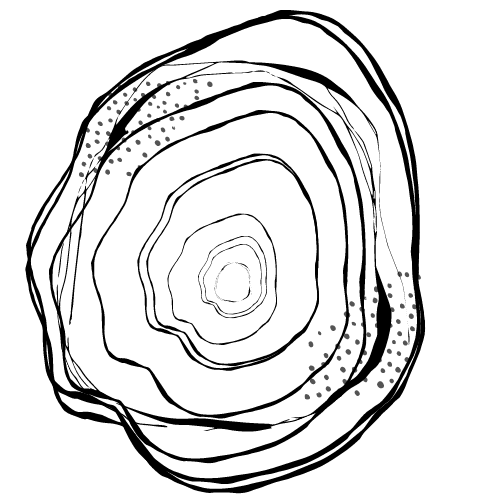
Unraveling the Threads of Time:
Share
A Journey Through the History of Macramé
Introduction:
In the world of art and craft, few mediums are as captivating and versatile as macramé. From intricate wall hangings to delicate jewelry, macramé has woven its way into our lives with its timeless charm. But where did this ancient art form originate, and how has it evolved over time? Join me as we unravel the threads of time and explore the fascinating history of macramé.
Ancient Origins:
The roots of macramé can be traced back thousands of years to ancient civilizations. Some of the earliest evidence of knotting techniques similar to macramé dates back to the 13th-century Arab weavers who used decorative knots to embellish textiles and clothing. These intricate knot patterns soon spread to other cultures, including China and the Mediterranean regions.
Renaissance Revival:
Macramé experienced a resurgence during the Renaissance period in Europe. Sailors and traders traveling to distant lands brought back exotic textiles adorned with elaborate knot designs, sparking interest among the European elite. Macramé flourished as a popular decorative art form, adorning everything from curtains and bedspreads to clothing and accessories.
Victorian Elegance:
In the 19th century, macramé reached new heights of popularity during the Victorian era. Queen Victoria's love for intricate handicrafts inspired a craze for elaborate macramé creations among the upper classes. Macramé lace became particularly fashionable, gracing the interiors of grand estates and royal palaces.
Arts and Crafts Movement:
During the late 19th and early 20th centuries, the Arts and Crafts movement emerged as a reaction to the industrialization of society. Artisans and craftsmen sought to revive traditional techniques and celebrate the beauty of handmade goods. Macramé, with its emphasis on intricate handiwork and natural materials, became emblematic of this movement.
Mid-Century Modern:
The mid-20th century saw a resurgence of interest in macramé, fueled by the bohemian spirit of the 1960s and 70s. Hippies and free spirits embraced macramé as a means of self-expression, creating bold and colorful wall hangings, plant hangers, and clothing accessories. Macramé became synonymous with the counterculture movement, embodying a spirit of peace, love, and creativity.
Contemporary Revival:
In recent years, macramé has experienced a renaissance as artisans and makers rediscover its timeless appeal. From Instagram-worthy plant hangers to intricate wedding backdrops, macramé is once again in vogue, blending traditional techniques with modern aesthetics. DIY enthusiasts and crafters of all ages are embracing macramé as a therapeutic and fulfilling hobby, connecting with the ancient art form in a digital age.
As we reflect on the rich tapestry of history that surrounds macramé, it's clear that this ancient craft has stood the test of time. From its humble origins in ancient civilizations to its modern-day revival, macramé continues to captivate and inspire us with its beauty and versatility. Whether you're a seasoned artisan or a curious beginner, there's no denying the timeless allure of macramé and the endless possibilities it holds within its knots and threads.
The History of Macramé: From Arabic Weavers to Coachella Fashion
Surprising ’70s trend that’s making a massive comeback



